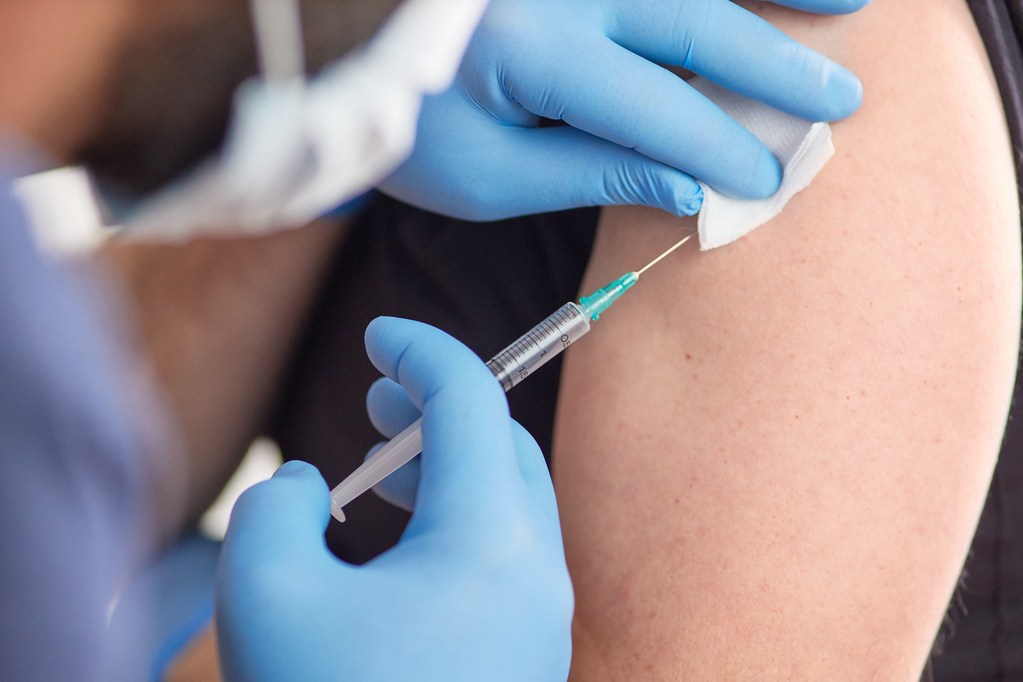A combination of reduced vaccine deliveries and ineffective vaccination rollouts in the EU member states have resulted in that less people than planned in the two main priority groups have been vaccinated by March.
According to the Commission’s targets, at least 80% of people over the age of 80 and 80% of health and social care professionals in every member state should have been vaccinated by March 2021. By summer 2021, at least 70 % of the adult population is expected to be vaccinated.
The Commission’s spokespersons continued during March to express optimism that the interim goal was achievable despite the problems with the production and delivery of the vaccines. On Monday, a spokesperson was still optimistic that the goal would be achieved during the two last days of the month.
European Commission President Ursula von der Leyen claimed at the press conference following the on-line European Council last Thursday that most of the people among 80+ and health care personnel had already been vaccinated but did not give any exact figure.
The figures have been climbing upwards and are not yet final but are still far below the 80 % goal according to the COVID-19 Vaccine Tracker published by the European Centre for Disease Prevention and Control (ECDC). The special tracker mechanism monitors the deliveries and use of the vaccines and is an interactive ‘live’ dashboard that provides the latest data reported by EU/EEA countries.
Figures are still incomplete and not all countries have reported them yet. According to the latest figures on Wednesday morning (31 March), the median vaccination uptake of the first dose among the elderly (aged 80 years and above) was 58.8 % and full vaccination with two doses was 31.5 % (figures from 24 reporting countries with a wide range).
Among health care works the figures were 59.6 % and 45.6 % respectively (figures from 11 reporting countries).
More effective vaccine rollout
ECDC published also this week (29 March) a technical report on the challenges and good practice in the COVID-19 vaccine rollout. The report states that to reach the vaccination goals, an effective and efficient deployment of vaccination campaigns is essential, especially considering the complexities of the large scale required for mass vaccination.
“Monitoring of the COVID-19 vaccine rollout in the EU/EEA shows that the level of vaccine uptake is increasing, yet still at a pace that makes meeting the EU targets challenging in most countries.” The report aims to share the challenges countries are facing with the rollout and the lessons learned and good practice that countries have put in place to mitigate them.
Among the key findings, the report lists the limited supply of vaccines, the frequent changes in time of deliveries, the logistics of the rollout, staffing shortages to administer the vaccinations, shortages of equipment needed for vaccination, challenges around reaching certain populations, communication challenges related to misinformation and disinformation, and shortcomings in information system.
The report concludes that it is essential to rollout vaccinations rapidly to protect as many people as possible and to lower the opportunities for the virus to further evolve. Based on what the countries have shared, ECDC lists among others the following good practices for accelerating and achieving more effective and efficient vaccination deployment:
Available vaccines should be prioritised for groups at the highest risk of severe disease (in particular, older adults) in order to efficiently reduce hospitalisations, ICU admissions and deaths, irrespective of any other considerations.
An accurate, real-time inventory management system to assure the availability and maintenance of adequate supplies, minimise potential wastage and accurately forecast demand.
Ability to rapidly react to any changes in deliveries and adapt the vaccination strategy accordingly.
Expanding vaccination sites, especially opening vaccination centres for the start of mass vaccination. Increasing mobile vaccination teams to reach more vulnerable or hard-to-reach populations, such as those that cannot leave their homes due to mobility difficulties.
Strategies to limit discarding and wastage of unused vaccine doses by vaccinating people from other priority groups (e.g. reserve lists).
Increase and train more healthcare or non-healthcare staff to administer the vaccines (e.g. primary care staff, retired healthcare workers students from medical and nursing schools, etc.)
Ensure communication strategies address misinformation and disinformation, improve vaccine acceptance and minimise hesitancy. Preparing communication campaigns, especially targeting younger age groups in preparation for mass vaccination.
M. Apelblat
The Brussels Times

